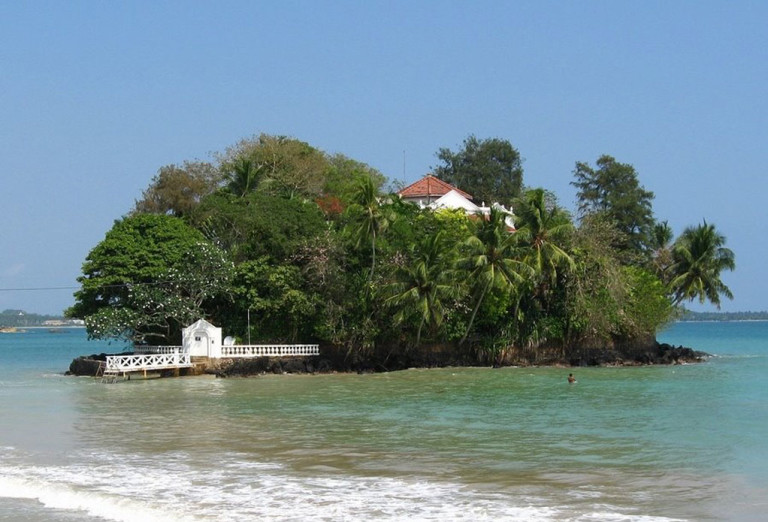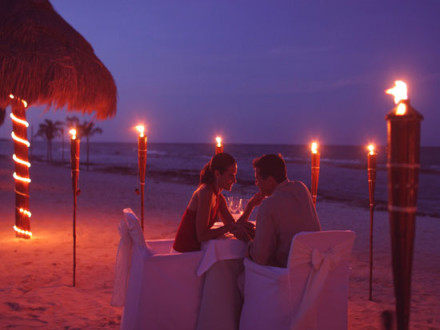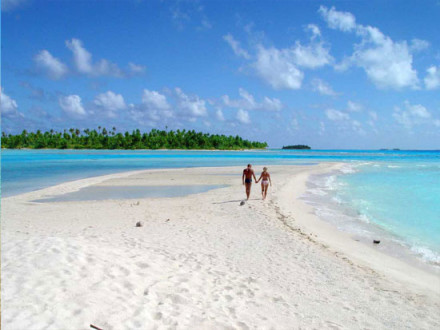Weligama Sri Lanka Located in Matara district is a town governed by an urban council. The name Weligama means sandy village and it refers to the sandy sweep bay that lies in the nearby area. Situated toward south of Colombo at an elevation of 9 meters above the sea level, Weligama is a beautiful place to be in Srilanka. Weligama’s main economy comes from fishing and tourism. The region has earned a lot of popularity for its unique and boutique hotels that lure travelers from across the globe. There are several boutique hotels in Weligama that make it place you would want to visit.
Weligama was believed to be a rich and prosperous city as it used to be the center of foreign trade harboring foreign trading ships. Weligama was equally not spared from catastrophe caused by the deadly 2004 tsunami. The tsunami though caused havoc in the region has also become a reason why many tourists visit the place to get a glimpse of how well the Weligama has turned out to be after such a catastrophe.
Things to do and places to go in Weligama
- Taprobane is an offshore islet and is home to a villa that was constructed by French Count de Mauny. Today the villa is owned by Geoffrey Dobbs. Taprobane has earned international fame and continually lures tourists from across the globe.
- Located at about a distance of 145 kilometer from Colombo, Weligama is known for its beaches. The sandy beach and the clear sea water make it a magnificent place to be at.
- At these beaches you will find yourself awe struck watching the fishermen follow the age old fishing method till date. Stilt fishing is till date followed by the local fishermen in Weligama. You will find them seated on stilts balancing themselves really well on a cross bar with a single pole that’s buried into the sea bed really well in order to hold their weight.
- Weligama is known for its historical importance too. A 3 meter high bas relief statue of Bodhisattva Avalokiteswara carved into a rock is believed to be the probably the only Agra Bodhi Vihara that’s left here.
- The carving is locally referred to as Kusta Rajah meaning leper king. The mythical story behind the carved king is that the king suffered with a skin disease and was prompted to consume coconut pulp and water for three months in a vision he received post which the leprosy was cured miraculously and the king than made sure his figure was carved on the rock to be remembered for what he had undergone and how he recovered.
- Weligama is probably the only region in most parts of the world where the Portuguese taught lace making style is still practiced. Weligama is known for the Beeralu lace making that was first introduced to the people here in 16th century. Lace making has been an integral form of craft work that’s till date practiced in many households of Weligama. You can place your hands on some of the finest hand crocheted and tatting lace work materials if you are an artsy person. They sure make for beautiful work of art and souvenirs you can take back.






